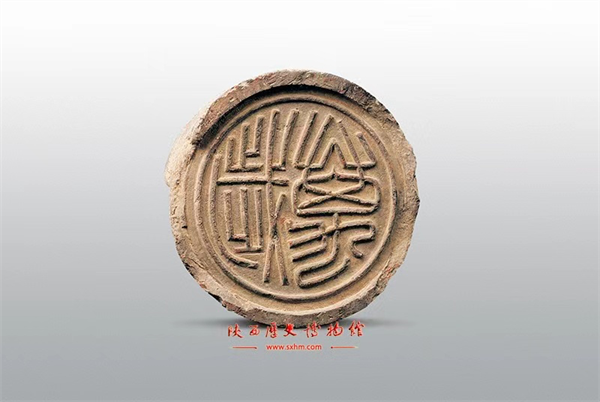很遗憾,因您的浏览器版本过低导致无法获得最佳浏览体验,推荐下载安装谷歌浏览器!
Company:Xi'an Silk Road Yuecheng Cultural Industry Co., Ltd.
Telephone:13389264448
Contacts:Ms. Kou
QQ email:2361355633@qq.com
Address:No. 30403, 4th Floor, Unit 3, Building 1, Longhu Xiangdi South Area, No. 1 Chanhe West Road, Chanba Ecological Zone, Xi'an City
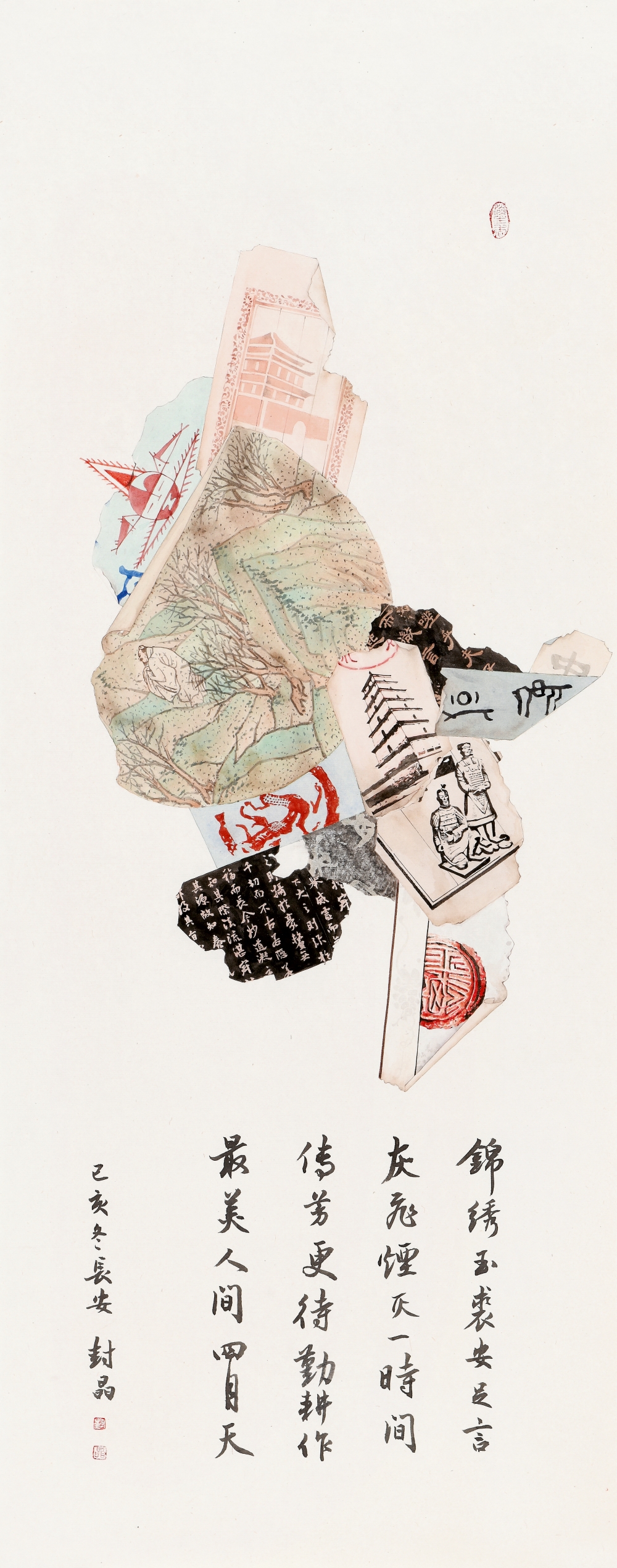
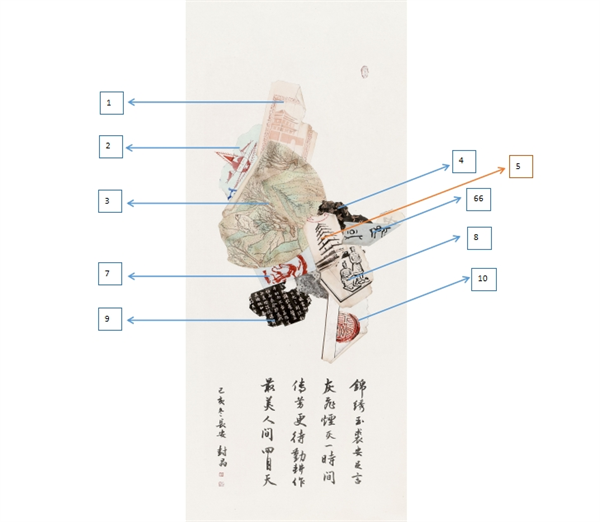
1. 【Bell Tower】
The Xi'an Bell Tower is located in the center of Xi'an, at the intersection of the four major streets of east, west, north, and south within the Ming city wall. It is the largest and most well preserved bell tower in China. Built in the 17th year of the Hongwu reign of Emperor Taizu of the Ming Dynasty (1384), it was initially constructed at the intersection of Guangji Street, opposite the Drum Tower. In the 10th year of the Wanli reign of Emperor Shenzong of the Ming Dynasty (1582), it was relocated to its current location as a whole.
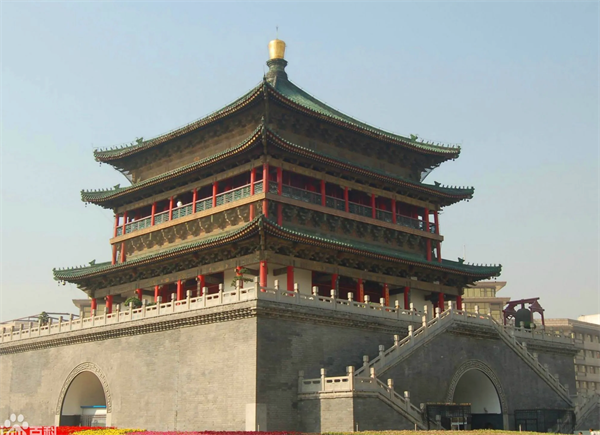
2. 【Half slope human face fish patterned pottery basin】
The Banpo human faced fish patterned pottery basin was unearthed in Banpo, Xi'an City, Shaanxi Province in 1955. It has become a typical representative of pottery in the Banpo type of Yangshao culture in the Neolithic period of China, especially the human face and fish pattern on the pottery basin, which is known as a masterpiece of primitive human art.
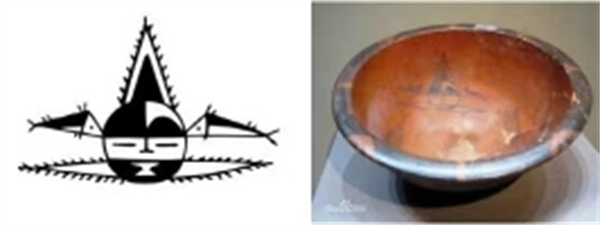
3. 【Qinling Mountains】
The Qinling Mountains not only have an important significance as the boundary between the north and south in China's natural and human geography, but also serve as an important breeding ground and shaper of Chinese civilization.

4. 【Stone Platform Filial Piety Stele】
The Shitai Xiaojing Stele (a national treasure level cultural relic), preserved in the center of the Beilin Museum in Xi'an in the fourth year of the Tianbao reign of the Tang Dynasty (745 AD), was carved during the Kaiyuan period of Emperor Xuanzong of the Tang Dynasty, leaving behind four different fonts of the two emperors, recording the popular idea of "governing the world with filial piety" during the Tang Dynasty, and also opening the curtain for the eternal love story between Li Longji and Yang Yuhuan. Duan Zhiling from the Xi'an Beilin Museum said, "People usually refer to the Shitai Xiaojing Stele as the first stele in the Xi'an Beilin Forest. This is not only because it is the first welcoming stele in the Beilin Forest, but more importantly, this stele combines the three emperors: the inscription is the" Xiaojing "written by Confucius, the Emperor Wen; Emperor Xuanzong of Tang copied it in clerical script; and Emperor Suzong of Tang wrote the inscription on the stele." The Shitai Xiaojing Stele has a unique shape and can be regarded as the most magnificent and towering stele in the Xi'an Beilin Forest.

5. 【The Big Wild Goose Pagoda】
The Big Wild Goose Pagoda is located in the Dacien Temple in Jinchangfang, Chang'an City, Tang Dynasty (now south of Xi'an City, Shaanxi Province), also known as the "Cien Temple Pagoda". In the third year of the Yonghui reign of the Tang Dynasty (652 AD), Xuanzang presided over the construction of the Big Wild Goose Pagoda to preserve the scriptures and Buddha statues brought back to Chang'an via the Silk Road from India. As the oldest and largest existing Tang Dynasty brick pagoda in the four sided pavilion style, the Big Wild Goose Pagoda is a typical physical evidence of the architectural form of Buddhist temples that was introduced to the Central Plains region with Buddhism and integrated into Chinese culture. It is a landmark building that embodies the wisdom of ancient Chinese laboring people.
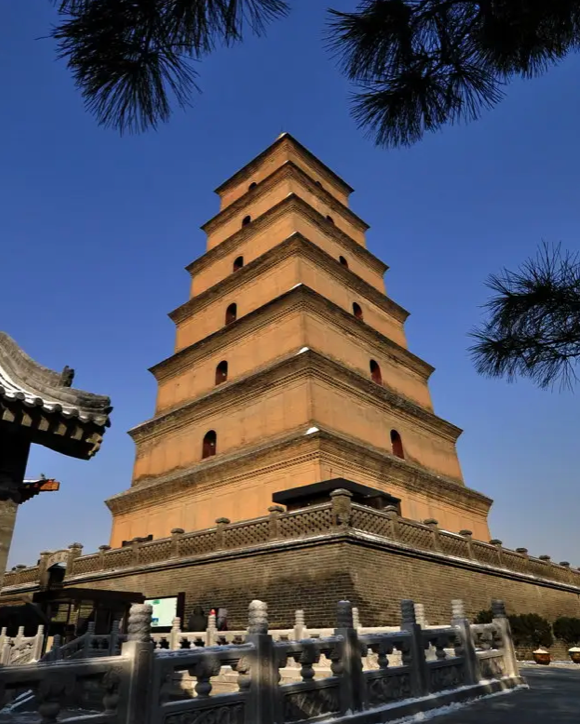
6. 【Inscription on He Zun】
He Zun, one of the first batch of cultural relics prohibited from being exhibited abroad in China and a national first-class cultural relic, was a sacrificial vessel made by a noble family of the Western Zhou Dynasty named He in the early Western Zhou Dynasty. It was unearthed in Jiacun Town, Baoji County, Baoji City, Shaanxi Province in 1963 (now Chencang District, Baoji City) and is collected in the Baoji Bronze Museum in China. There are 12 lines and 122 characters of inscriptions cast on the inner bottom of the Zun. Cultural relic experts found the four characters "Zhaizi China" in the inscriptions on the "He Zun", which is the earliest record of the two characters "China" and represents that the name of China was established as early as the early Western Zhou Dynasty.
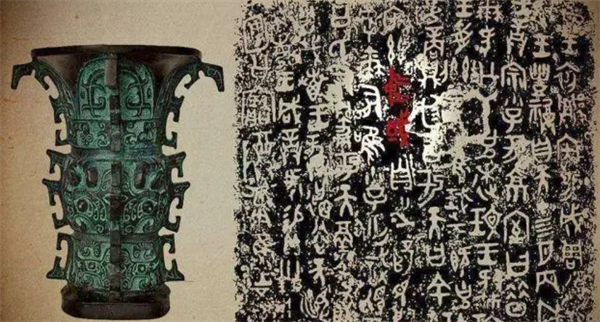
7. 【Han Four Gods Wadang】
Cultural relics from the Han Dynasty are now collected in the Shaanxi History Museum. The use of tiles reached its peak in the Han Dynasty. In the Han Dynasty, the four gods were used to represent seasons and directions, namely the Green Dragon, White Tiger, Vermilion Bird, and Xuanwu. Representing the four directions of east, west, south, and north, as well as the four seasons of spring, summer, autumn, and winter, they were extremely popular during the Han Dynasty.
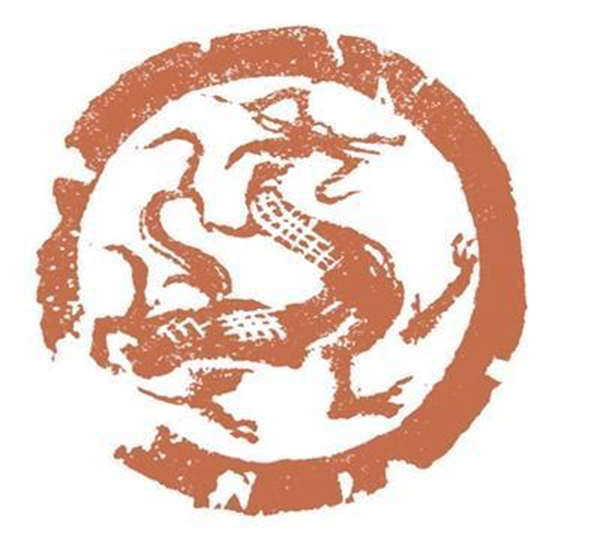
8. 【Terra Cotta Warriors】
The Terra Cotta Warriors, namely the Terra Cotta Warriors in the the Mausoleum of the First Qin Emperor, also referred to as the Terra Cotta Warriors or the Terracotta Warriors, are the first batch of national key cultural relics protection units and the first batch of Chinese world heritage sites. They are located in the Terra Cotta Warriors pit 1.5 kilometers east of the the Mausoleum of the First Qin Emperor in Lintong District, Xi'an, Shaanxi Province. Terra Cotta Warriors is a category of ancient tomb sculptures. In ancient times, human sacrifice was practiced, and slaves were considered as accessories of the slave owner during their lifetime. After the slave owner's death, the slaves were buried as sacrificial objects with the slave owner. The Terra Cotta Warriors are burial objects in the shape of soldiers and horses (chariots, horses, soldiers).
In 1987, the Mausoleum of Qin Shi Huang and Terracotta Warriors were approved by UNESCO to be included in the The World Heritage List. They were honored as the "eighth wonder of the world". More than 200 foreign heads of state and government visited them successively, becoming a golden card of China's glorious ancient civilization and one of the world's top ten rare treasures of ancient tombs.
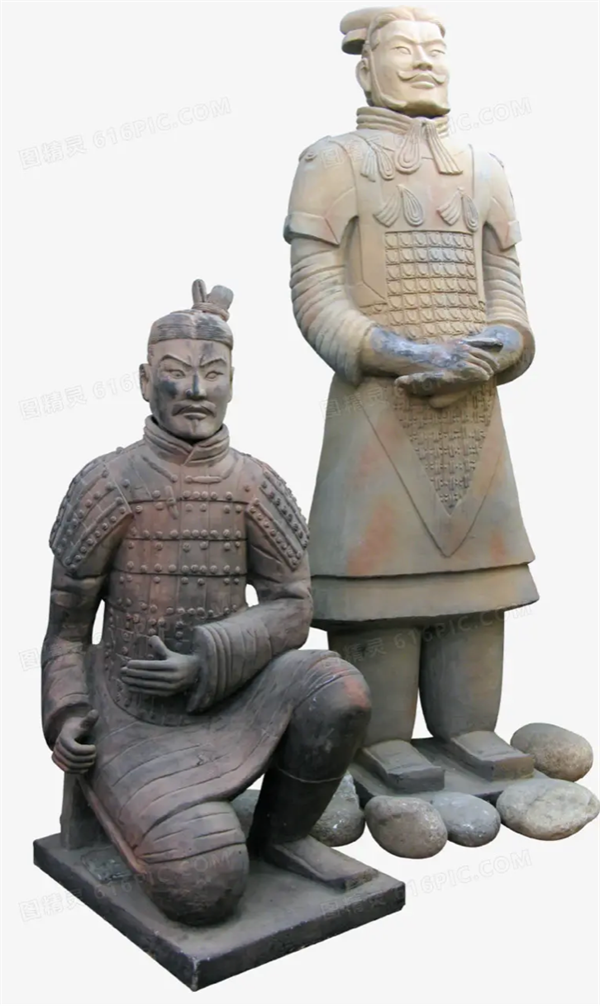
9. 【Preface to the Sacred Teachings of Wang Xizhi's Books in the Collection of Huairen】
Preface to the Holy Teachings: The full name is "Preface to the Holy Teachings of the Three Treasures of the Great Tang Dynasty", written by Emperor Taizong of the Tang Dynasty. Originally written by Chu Suiliang, one of the four great calligraphers of the early Tang Dynasty, it is called the "Preface to the Sacred Teachings of the Wild Goose Pagoda". Later, it was carved into an inscription by Shaman Huairen, who collected characters from Wang Xizhi's calligraphy, and called the "Preface to the Sacred Teachings of the Right Army of the Tang Dynasty" or "Preface to the Sacred Teachings of Wang Xizhi's Books by Huairen". In February of the 19th year of the Zhenguan reign of the Tang Dynasty (645 AD), Master Xuanzang traveled to Chang'an with Sanskrit Buddhist scriptures after 17 years of seeking Dharma in India, which was greatly appreciated by Emperor Taizong. In March of that year, Xuanzang was ordered to reside at Hongfu Temple and engage in translating scriptures. In the 22nd year of the Zhenguan reign (648 AD), Emperor Taizong personally wrote a preface for it, and the Crown Prince (Li Zhi, later known as Emperor Gaozong of Tang) made a note. This preface and note, along with Emperor Taizong's imperial edict, Crown Prince's annotations, and Xuanzang's translation of the Heart Sutra, were collected by the monk Huairen of Hongfu Temple from the calligraphy of Wang Xizhi in the Tang Inner Prefecture and the ink of the folk royal characters. It took more than 20 years to carve this monument in the third year of Xianheng (672 AD), and its full name is the "Preface to the Holy Teachings of the Three Treasures of the Tang Dynasty". The monument is nine feet four inches and six minutes high, four feet two inches and four minutes wide, with thirty lines of cursive script, each line containing 83 to 88 characters. Unfortunately, it has now been broken. The existing Xi'an Stele Forest.
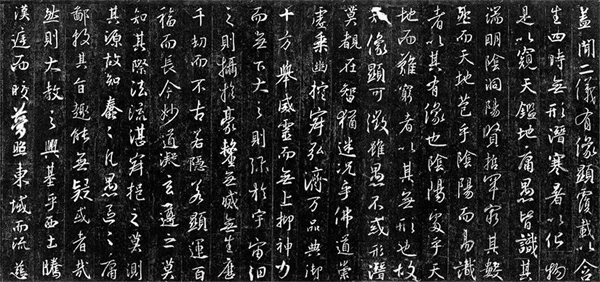
10. 【Long live Wadang】
The "Wansui" tile is a cultural relic from the Western Han Dynasty, currently housed in the Shaanxi History Museum. The face is circular, with a single string pattern on the wheel interior and no boundaries. The string pattern contains the seal script word 'long live'. The strokes are slender, round, and vigorous, with appropriate density and layout, making it a masterpiece among the Western Han Dynasty calligraphy tiles.
